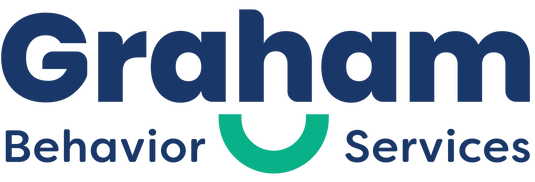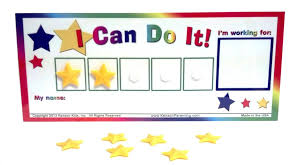Where and when do I start?
For parents raising a child with autism or other developmental diagnoses, the transition from school to adulthood can be both an exciting and overwhelming time. Although individuals with an IEP in school typically transition out of the school setting between the ages of 18 and 21, it is important to start thinking about and planning for that transition well before the time arrives. The individual, their family, school and any other support staff should begin planning for transition by age 16 although it may be helpful to start as early as 14. The school should work with you and your child to develop a transition plan. This plan is used to enable your child’s movement from school to adulthood including work, living, and community participation. Through the transition planning process you should uncover, develop, and document all the skills, challenges, and goals that will be important to work on as your child moves from school to adulthood.
What should be included in a transition plan?
The Individuals with Disabilities Act (IDEA) provides specific guidance as to what must be included in a transition plan:
-
-
- An outcome-oriented system based on your child’s strengths, areas of interest, and accommodations
- A transition plan that is monitored and revised as your child gets older
- A team approach based on the specific services your child needs
- A process that cannot be changed or modified without your knowledge and consent
- Involvement of the child to ensure their goals and needs are addressed
- Services that help address the skills and accommodations needed to prepare for transitioning post-high school
- A summary of services/skills acquired during the transition process to assist post high school
-
Throughout the transition planning process you should be working with your child and their team to determine what you and your child see for their future. Below are some basic questions you may want to ask to help guide your child’s transition planning:
Will they continue with school or begin to work?
-
-
- Is the child interested in pursuing college or trade school and if so what are their interests?
- Will they go into the workforce and if so what types of jobs might they be interested in and what skills will they need to develop?
- What strengths do they already possess that could translate well into a particular job?
-
Where will they live?
-
-
- Living at home with parents
- Residential home with other adults and support staff
- Supervised apartment
- Supported living
- Independent living
-
Who will act as guardian?
-
-
- Will the individual be their own guardian?
- Will the parents or some other individual be the guardian?
- In certain states this process must occur at 18, while others it will occur at 21
-
As you begin to answer some of these broader questions you can begin to determine what skills your child will need to acquire to achieve these goals. Make sure to include the child in the process as much as possible and your team should be using preference assessment tools to help with this. Also consider including other people from the child’s life that may provide additional insight and support. The more input from the child and those in their life that provide support the more successful the transition is likely to be. It is also important to identify your child’s strengths and use those strengths to your child’s advantage.
What happens after school ends?
Once your child has aged out of school they will transition from an IEP (individualized education plan) to an ISP (individual support plan). An ISP typically includes broad goals for your child and the supports, activities, and resources used to achieve those goals. All decisions in terms of placement should be based on the desires, goals, and needs of the child. Throughout high school your child should have had the opportunity to experience different types of work experiences to determine the best fit for them. Once they have an idea of what they are good at and would like to be doing you can then determine what skills they already have and what skills they still need to acquire; this will help determine the best fit for them after graduation. Some of the options include:
Job/Employment
-
-
- Secured or segregated employment – This provides the most amount of supports and involves building basic skills in a supportive environment. This may look like a day program that focuses on teaching basic vocational and life skills that the individual did not yet acquire during school age.
- Supported employment – This involves some type of ongoing job support but in the community. This might look like having a job coach and other personalized supports available that provide somewhat of a safety net.
- Competitive – This means the individual is fully integrated into the work force with only natural supports and consequences. (no supports are required)
-
Postsecondary education
-
-
- Prepping for SAT’s
- Choosing a school
- Obtaining accommodations – it is up to the individual to disclose their disability to the school and obtain any necessary accommodations while in school.
-
This information is a very basic overview of the transition process but there are many resources available to assist you in beginning the transition planning process. Also make sure to utilize the child’s school and other support staff as a resource throughout this process. There are also state specific agencies such as the Division of Developmental Disabilities or the Division of Vocational Rehabilitation Services (the names of these agencies may vary across states) that can provide information. Below are additional links that communicates concerns/issues in a professional waymay be helpful including a comprehensive Transition to Adulthood Guide from the Organization for Autism Research.
Organization for Autism Research: A Guide for Transition to Adulthood
Association for Science in Autism Treatment: Preparation for Employment
Association for Science in Autism Treatment: Working in the Community: A Guide for Employers of Individuals with Autism Spectrum Disorders
Discover more about the adult services GBS offers here. Interested in starting services? Contact us to get the process started!















